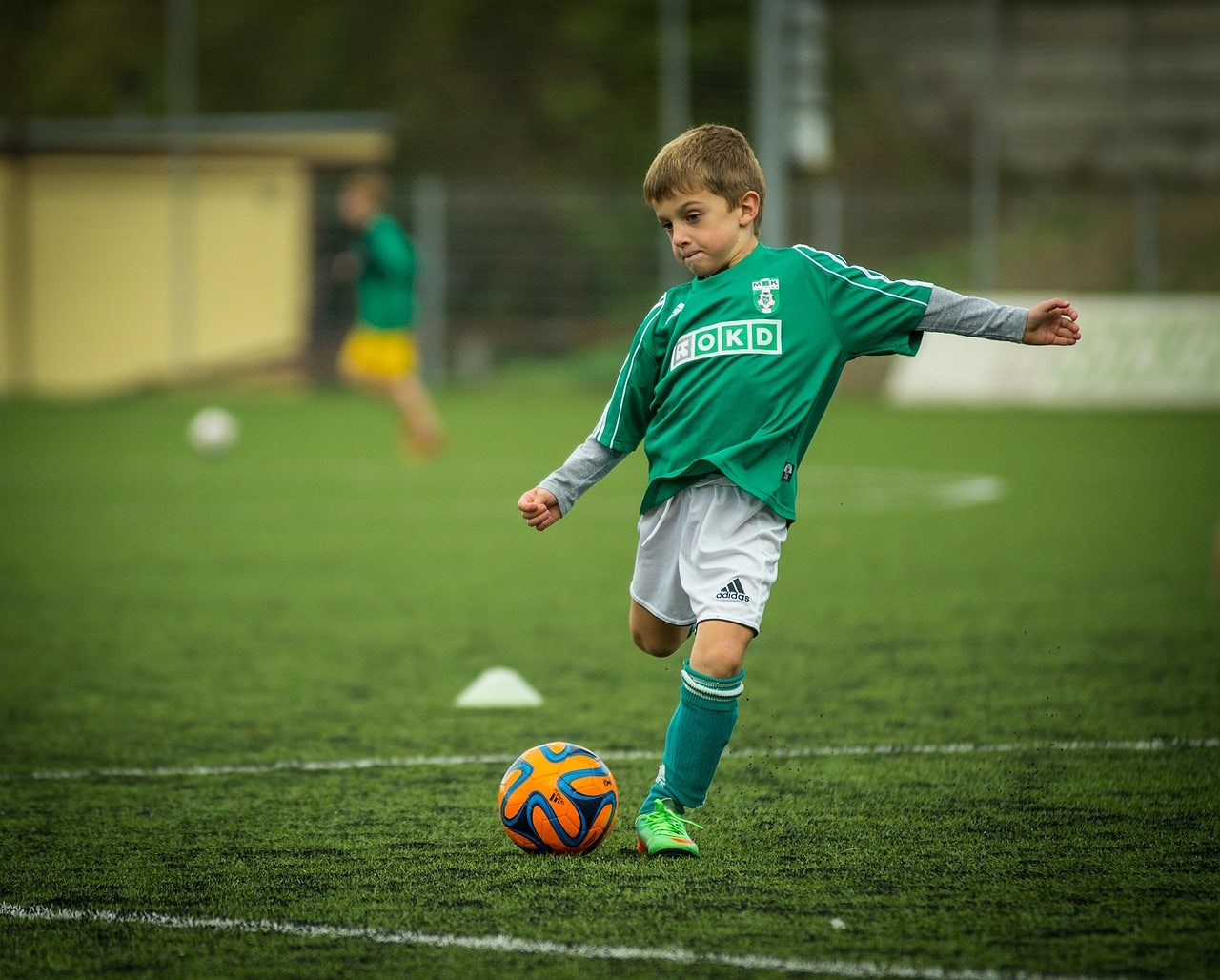What Are the Best Practices for Concussion Management in Youth Sports?

From the local community park to the professional sports arena, concussion management has become a significant concern for all athletes. This concern is especially relevant in youth sports, where the athletes are children and teenagers still developing physically and cognitively. The seriousness and potential long-term health effects of a concussion cannot be overstated, and as such, it is crucial to understand the symptoms of a concussion, the role of schools in concussion management, and when it is safe for an athlete to return to sports activity post-concussion.
Understanding the Symptoms of a Concussion
Symptoms of a concussion can vary widely, making them difficult to recognize at times. A child might have a concussion and not display the classic signs you might expect. According to the National Library of Medicine’s PubMed, which is a widely respected health database, some common symptoms of a concussion include headache, nausea, feeling dazed or stunned, confusion, and changes in mood, behavior, or personality.
A voir aussi : How to Implement Tactical Periodization in American Football Training?
It is important to keep in mind that symptoms may not appear immediately following the injury. They may develop hours or even days after the incident. It is also worth noting that not every person who suffers a concussion will lose consciousness.
Coaches, parents, and athletes themselves should be educated on these symptoms and the importance of reporting them immediately. Ignoring these symptoms can lead to more severe issues down the line, such as Post-Concussion Syndrome, which can cause symptoms like headaches and difficulty concentrating to persist for weeks or even months after the injury.
A lire en complément : The impact of sports on tourism and local economies.
The Role of Schools in Concussion Management
Schools play a pivotal role in managing concussions in youth sports. In addition to having protocols in place for identifying and treating concussions on the playing field, schools must also accommodate students as they return to the classroom post-concussion. According to a study found on Google Scholar, students with a concussion may struggle with cognitive challenges such as difficulty concentrating, memory problems, and slower processing speeds.
Educators should be trained to recognize these issues and adjust their teaching strategies accordingly. This might include providing additional time for tests, reducing homework loads, or allowing for breaks during the school day. Schools should also consider implementing a gradual return-to-learn program, which allows students to slowly reintegrate into full academic activity as their symptoms improve.
The Importance of Safe Return to Play
One of the most challenging aspects of concussion management is determining when an athlete can safely return to sport. Returning to play too soon can lead to a dangerous condition called Second Impact Syndrome, where a second concussion causes rapid and severe brain swelling.
According to PubMed, the standard protocol for returning to play involves a gradual, stepwise process. Athletes should initially rest until their symptoms completely resolve. Then, they can begin light aerobic exercise, followed by sport-specific drills without contact, then full-contact practice before returning to competition.
This process should be overseen by a healthcare professional and the athlete should revert to the previous step if symptoms return at any point.
Maintaining Health After Concussion
Even after the symptoms have resolved and the athlete has returned to play, ongoing monitoring is critical. According to a study in the Journal of Athletic Training, athletes who have had one concussion are at greater risk of experiencing another. Regular medical check-ups, as well as continued education about the signs and symptoms of a concussion, are crucial.
Furthermore, the promotion of safe play and the enforcement of rules to prevent head injuries should always be a priority in youth sports. It is important to foster a culture where athletes feel comfortable reporting symptoms and where coaches and parents prioritize health over competition.
Conclusion
While there are many facets to concussion management in youth sports, the key elements revolve around education, early detection, careful monitoring, and a safe return to play. As our understanding of concussions expands, so too should our strategies for managing them in our young athletes. With the right approach and a commitment to athlete safety, we can help ensure our youth athletes enjoy the sports they love while also protecting their long-term health.
The Importance of Concussion Education and Prevention
A crucial aspect of concussion management in youth sports is ensuring education and prevention measures. Involving everyone from coaches, parents, athletes, and even spectators should be the goal of every sports program. The more informed the community is about the signs and symptoms of a brain injury, the better they can respond in case of an incident.
Detailed materials provided by reputable sources like PubMed and Google Scholar can be used to educate the sports community about concussions. These resources can provide insights into the signs and symptoms of a concussion, immediate and long-term management, and strategies for preventing future head injuries.
Moreover, programs should emphasize the importance of avoiding risky behaviors that could lead to head injuries. For instance, enforcing rules that discourage dangerous plays or contact can drastically reduce the risk of concussions. Similarly, ensuring that athletes have proper equipment, like well-fitting helmets, can also help minimize the risk of traumatic brain injury.
Building a Supportive Environment for Athletes
In the context of youth sports, there needs to be a shift in focus from winning at all costs to prioritizing the health and wellbeing of the athletes. It’s crucial to create a supportive environment where athletes feel comfortable reporting concussion symptoms without fear of judgment or backlash. This sort of culture change can only happen if everyone involved—from coaches and parents to school administrators and the athletes themselves—understands the serious nature of concussions and the potential long-term effects of ignoring them.
Moreover, it’s important to remember that each athlete’s recovery journey is unique, and pressure to return to play prematurely can be detrimental. High school athletes, in particular, may feel a strong urge to return to competition quickly, which can put their long-term health at risk. Coaches, parents, and healthcare providers should work together to ensure a safe and gradual return to both learning and play.
Conclusion
Concussion management in youth sports is a multifaceted issue that requires a comprehensive and dedicated approach from all parties involved. Education, early detection, ongoing monitoring, and a safe return to play are essential components of effective concussion management. More importantly, fostering a culture that values the wellbeing of young athletes over competitive success can make a significant difference. As we move forward, it’s essential to continually update our strategies and program materials, leveraging resources like Google Scholar and PubMed to ensure that we’re adhering to the most up-to-date practices in concussion management. Through these efforts, we can protect our youth while allowing them to enjoy the sports they love.
